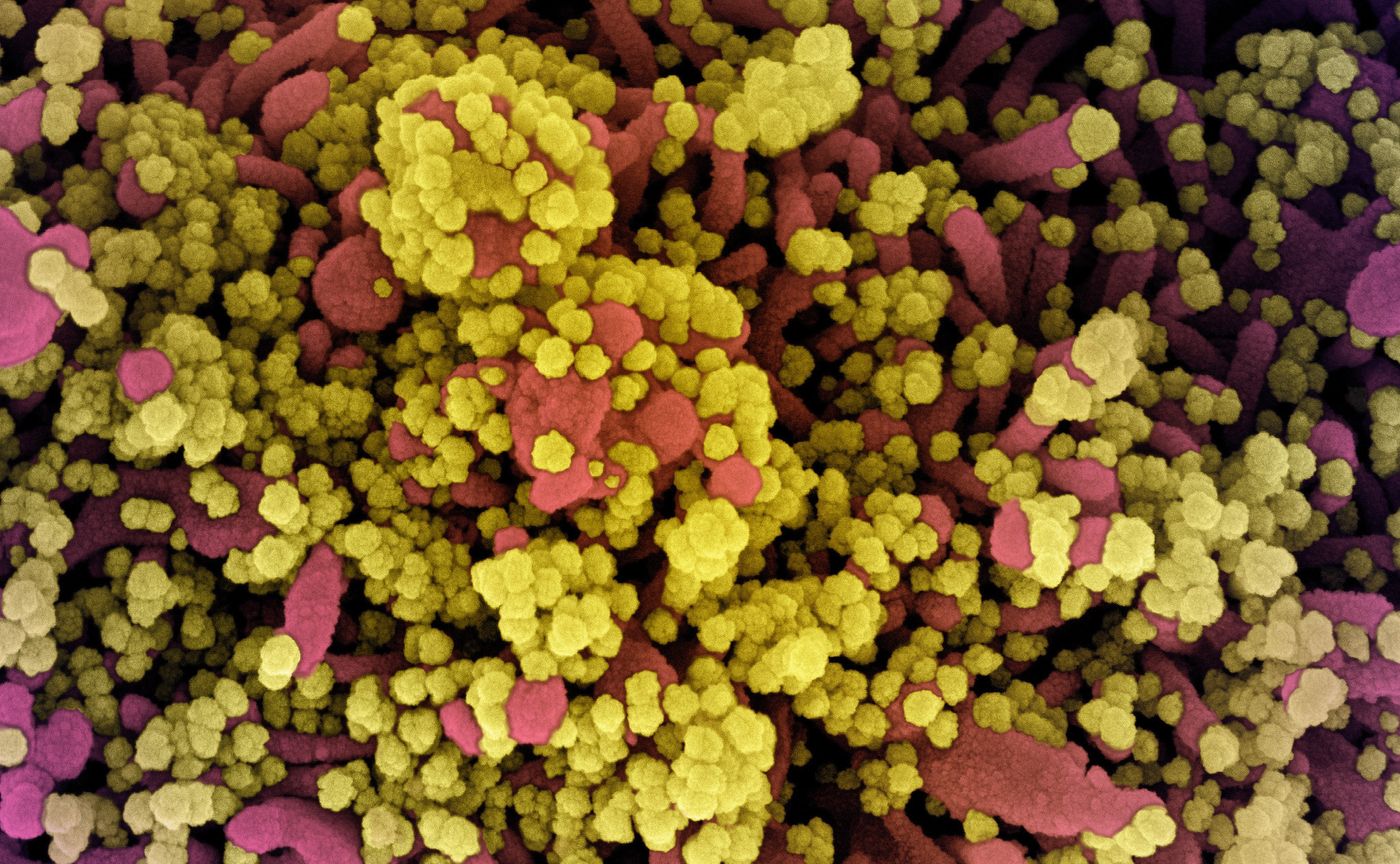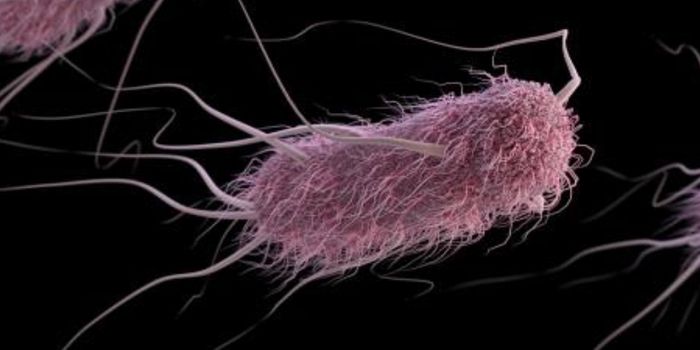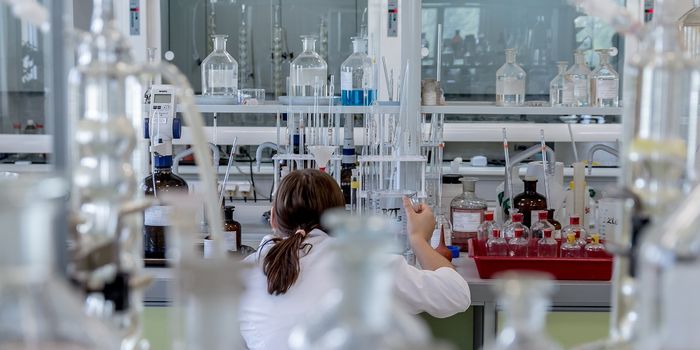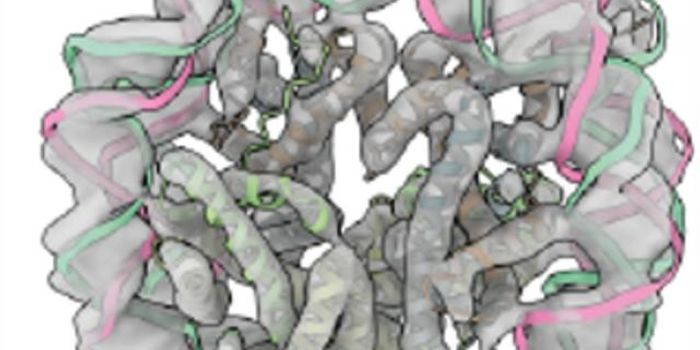Vibrations in Coronavirus Proteins Help Them Infect Cells
If a key isn't cut quite right, it might need a special jiggle to get it to fit into a lock. Scientists have now found that the spike protein of the SARS-CoV-2 virus, which causes COVID-19, can use a similar jiggle to get into cells. The findings have been reported in Matter.
A virus uses its spike protein to bind to a receptor on the surface of host cells, which enables the virus to merge with the host cell membrane and release its contents inside. In this study, the researchers analyzed how the SARS-CoV-2 spike proteins move and vibrate. While many of us are familiar with artistic representations of the virus that give it a spiky appearance, the reality on the atomic level is different.
"The virus doesn't look like that," said MIT professor of civil and environmental engineering Markus Buehler. At the atomic level, these proteins and molecules are "continuously moving and vibrating. They don't really look like those images in a chemistry book or a website."
In this study, the researchers found that there was a direct relationship between the intensity and rate of a virus' spike vibrations, and how quickly a virus could enter a cell. The vibrations had an inverse relationship, however, with the fatality rate of a coronavirus.
This work requires detailed knowledge of the molecular structure of a virus' spike proteins, but with that data, SARS-CoV-2 mutants or emerging viruses could potentially be rapidly screened for their potential risk.
The relationships between proteins and their receptors are often compared to keys and locks, and the vibrations of these molecules are relevant, noted Buehler.
"If it's static, it just either fits or it doesn't fit," he says. But the protein spikes are not static; "they're vibrating and continuously changing their shape slightly, and that's important. Keys are static, they don't change shape, but what if you had a key that's continuously changing its shape -- it's vibrating, it's moving, it's morphing slightly? They're going to fit differently depending on how they look at the moment when we put the key in the lock."
If the key is more flexible and can change up a bit, it has an easier time binding to a receptor, the researchers reasoned.
In this study, the investigators determined that the lethality and infectiousness of a virus are closely correlated with their vibrational properties. They analyzed SARS-CoV, MERS-CoV, SARS-CoV-2, a known SARS-CoV-2 mutant, and the incidence and fatality rates of the illnesses they cause.
This research suggests that a structural and vibrational analysis of an emerging virus will tell us a lot about the potential of a virus to cause harm. "You could screen them from a purely mechanical side," said study author and graduate student Yiwen Hu. "You can just look at the fluctuations of these spike proteins and find out how they may act on the epidemiological side, like how infectious and how serious would the disease be."
One specific movement was found to be particularly important: an upward motion of one region that helps the virus bind its receptor.
"That movement is of significant functional importance," noted Hu. The ratio between two molecular vibrational motions was also significant. "We find that these two factors show a direct relationship to the epidemiological data, the virus infectivity and also the virus lethality."
Sources: AAAS/Eurekalert! via Massachusetts Institute of Technology, Matter









